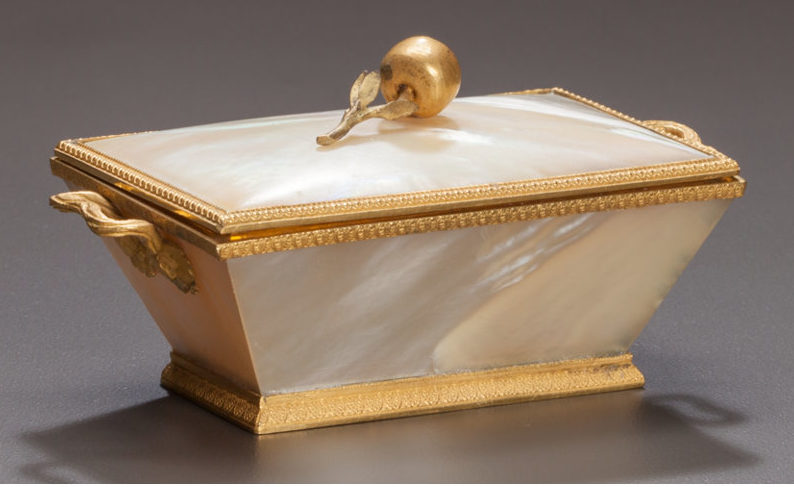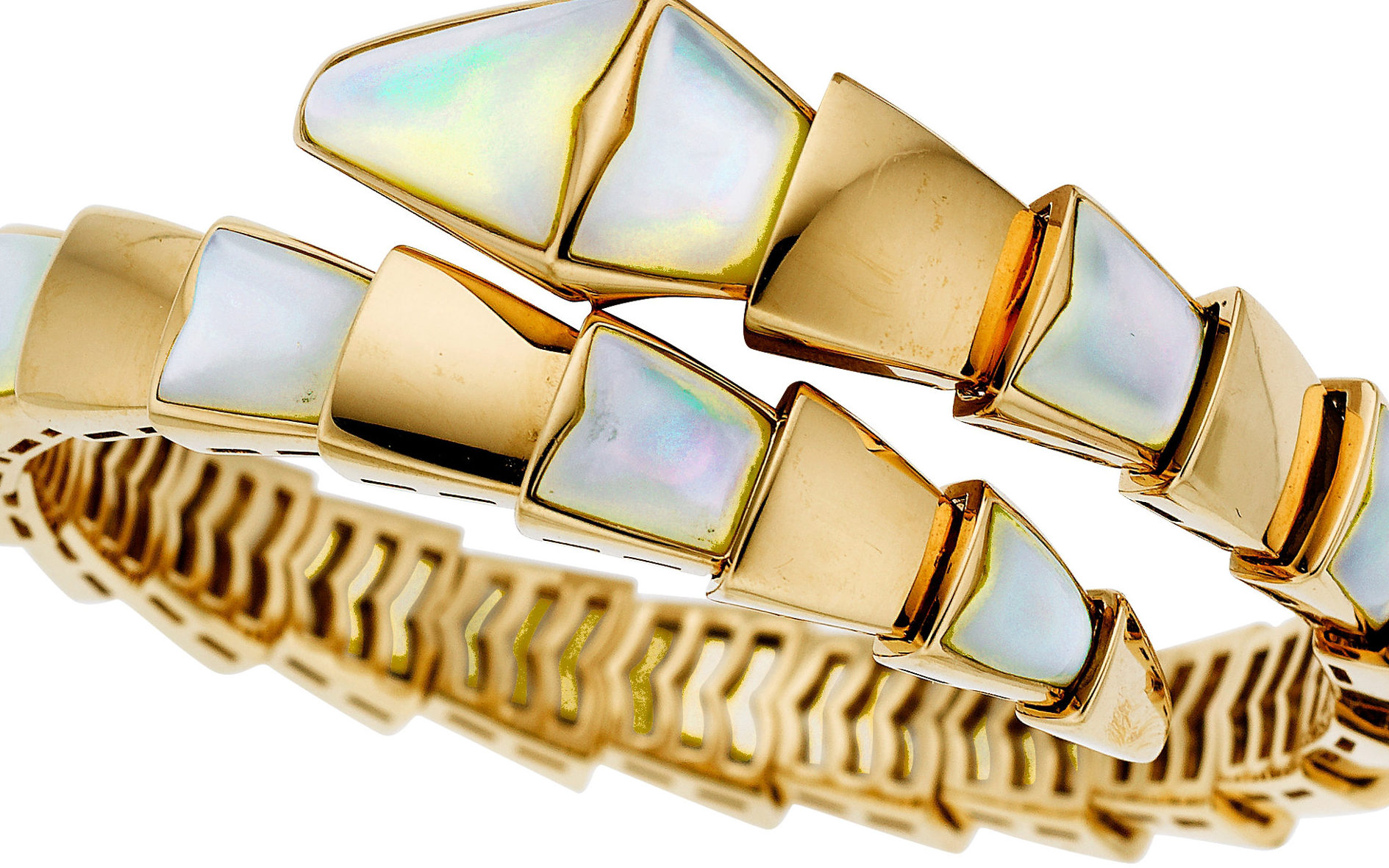Gem Focus January 2022: Mother of Pearls
*Gem Focus & Market Pulse (Free Subscriber)Mother of pearl; a common and versatile gem material.
Human beings’ love affair with jewelry can be traced back to more than one hundred thousand years ago, much earlier than our ancestors settled in primitive houses and started small communities. Many prehistoric findings suggest some form of personal adornment using strung shells as beads. The rudimentary utilization of small sea snail shell was perhaps the first example of how mother of pearl gained a fundamental position in the gemstone realm.
Naturally, larger mollusk species would provide bigger and thicker shells along with their edible soft tissue. They are easily collected in rivers and shallow waters too. This combination makes them a very attractive food and basic tool source. Even with the most primitive lifestyles, the early humans likely have benefited from shells for more than just using them as ornamental materials. Although rare, some of these mollusk species also produced pearls which gained notoriety as gem material in time.

Courtesy of Heritage Auctions.
Mother of pearl is the inner layer of a clam, oyster, snail or mussel shell. It is made of conchiolin and aragonite crystals, essentially the same biochemical material that produces the pearl. It is mostly white to cream with strong orient but depending on the mollusk species and the environment in which they form, mother of pearl can exhibit different colors, i.e., vibrant blue-green colors of Abalone shell.
A soft and easily carved material such as shell has found its ways into many primitive tools but with its attractive iridescence, mother of pearl has been used as an ornamental material probably more than any other gem material. As long as its color, layering, size, and thickness allowed, it was carved into cameos, small ornaments such as cutlery handles, then set into wood and metal inlays of many different designs. The different color layers are perfect for cameos. Thinner shells with even color and iridescence have been cut into buttons for hundreds of years, even creating a big industry for the North American pearling families in the 19th century. Today, we encounter a lot of different types of mother of pearl products thanks to pearl culturing industry. From beads to small carvings, the price points are quite low. However, if a high-quality mother of pearl inlay is sought, one needs to be prepared to pay for the artwork, not the material.

Courtesy of Heritage Auctions.
A practicing gemologist should be aware of many imitations and treatments of mother of pearl, despite its abundance and inexpensive existence in the market. As a porous, organic material, it is easily dyed so any color is possible. The thin layers of mother of pearl structure would absorb more coloring liquid, therefore a quick test with a loupe is highly recommended. There are plenty of glass and plastic imitations because it is easier to mold many “intaglios, cameos, and beads” looking like mother of pearl at very low cost. Magnification would reveal such products as natural shells display layers while glass or plastic show gas bubbles and mold marks.